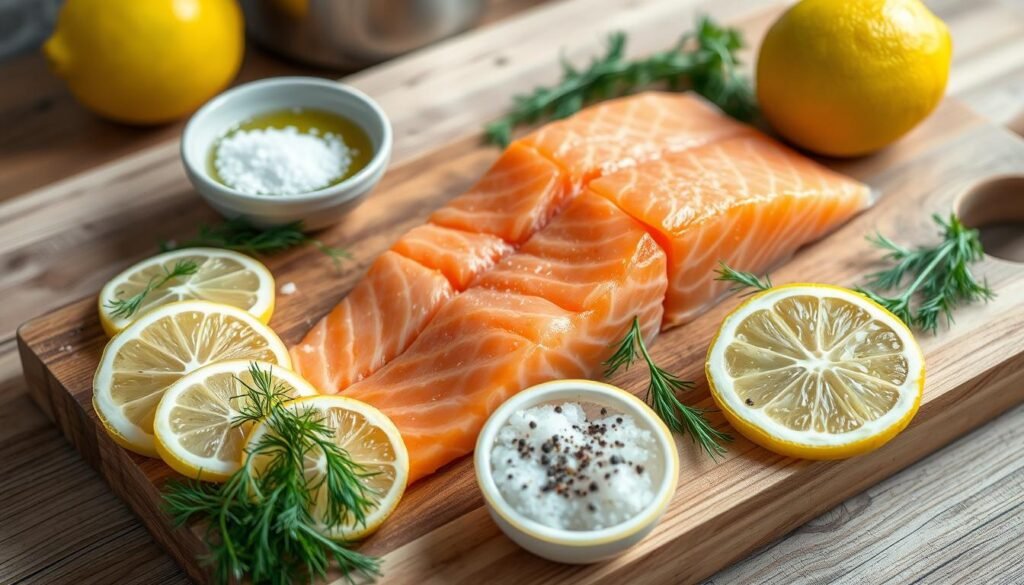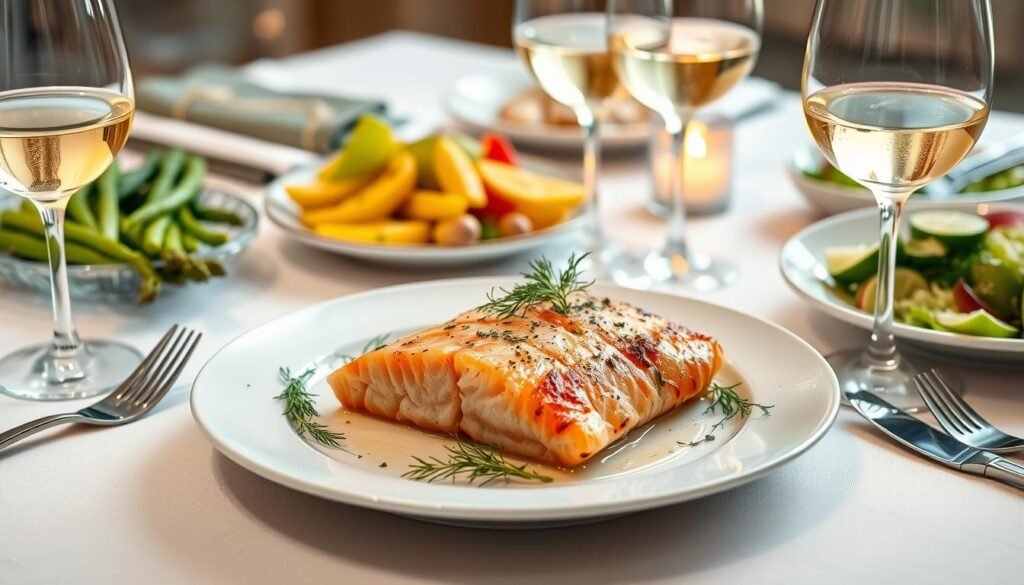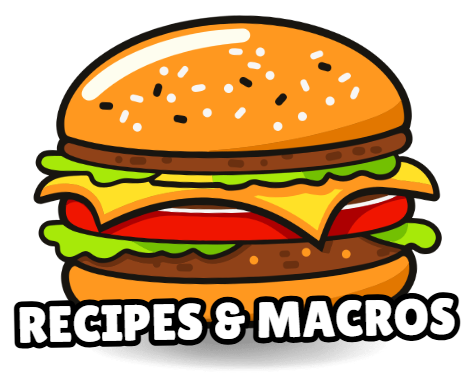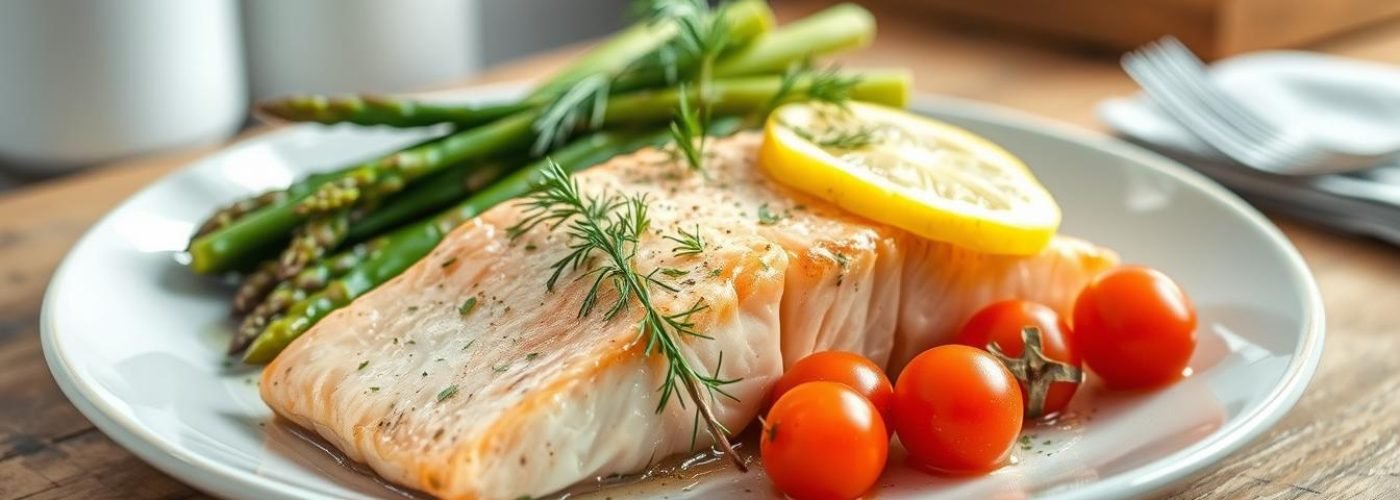If you’re searching for a healthy salmon recipe that balances flavor and nutrition, look no further than Low-Fat Lemon Dill Salmon. This delightful dish pairs the richness of salmon with the zesty freshness of lemon and fragrant dill, culminating in a nutritious meal that’s both satisfying and easy to prepare. In this guide, you’ll find detailed salmon cooking instructions to help you master this recipe and enjoy its health benefits. Whether you’re cooking for family or entertaining guests, this dish will undoubtedly impress!
What is Low-Fat Lemon Dill Salmon?
Low-Fat Lemon Dill Salmon is a delectable and nutritious salmon recipe that showcases the natural essence of fresh salmon. This dish features the delightful lemon dill flavor, which enhances the taste without adding unnecessary fats. Ideal for those seeking a healthy dinner, this meal remains light while still being satisfying.
This recipe excels not only in taste but also in health benefits. It allows individuals to enjoy the rich flavors of salmon while adhering to a low-fat diet. The combination of zesty lemon and aromatic dill elevates the dish, making it a delightful choice for quick weeknight meals or meal prep for busy weeks ahead.
Incorporating Low-Fat Lemon Dill Salmon into your cooking repertoire paves the way for delicious eating without compromising on health. Enjoy the vibrant flavors and engage in a culinary experience that marries taste and nutrition perfectly.
Nutrition Benefits of Salmon
Salmon stands out for its impressive nutritional profile, offering numerous health benefits that make it a preferred choice among low-calorie foods. Understanding the nutritional advantages can help in incorporating this delightful fish into a balanced diet.
High-Quality Protein Source
Known for being a top-notch protein source, salmon contains all essential amino acids, crucial for muscle repair and growth. A single serving can fulfill a significant portion of the daily protein requirements, supporting overall health and wellness.
Rich in Omega-3 Fatty Acids
Salmon is particularly abundant in omega-3 fatty acids, essential for heart health. These healthy fats contribute to reducing inflammation and improving brain function, making salmon a vital component of a nutritious diet.
Low in Saturated Fat and Calories
The low content of saturated fat and calories in salmon makes it an excellent option for those aiming to maintain or lose weight. Its rich flavor and versatility allow it to be enjoyed without compromising dietary goals.
| Nutrient | Amount per 100g | Daily Value Percentage |
|---|---|---|
| Protein | 25g | 50% |
| Omega-3 Fatty Acids | 2.5g | N/A |
| Saturated Fat | 3.1g | 15% |
| Calories | 208 | 10% |
Key Ingredients for Low-Fat Lemon Dill Salmon
The secret to a delightful Low-Fat Lemon Dill Salmon lies in selecting the best salmon ingredients. Quality components enhance the overall flavor and nutrition of the dish, making it a favorite among health-conscious diners.
Fresh Salmon Fillets
Using fresh salmon fillets is essential for achieving a moist and flavorful meal. The richness of salmon pairs perfectly with the bright flavors of dill and lemon zest. When shopping for salmon, look for fillets that are firm to the touch and have a vibrant color.
Dill: Fresh vs. Dried
Dill is a crucial herb in this recipe, adding a unique flavor profile. Fresh dill provides a more intense and fragrant taste, which can elevate the dish significantly. Dried dill, while convenient, delivers a milder flavor. Choose based on availability and personal preference, as both options work well with the dish.
The Zest of Lemon
Lemon zest brings a refreshing acidity that enhances the overall taste of Low-Fat Lemon Dill Salmon. The bright, tangy notes of lemon complement the richness of salmon, balancing the flavors beautifully. Adding freshly grated lemon zest will provide a more pronounced citrus flavor compared to bottled alternatives.
Additional Ingredients for Flavor
In addition to the primary salmon ingredients, consider incorporating other cooking ingredients like garlic, olive oil, and black pepper. These additional flavors will enrich the dish without increasing its fat content significantly. A touch of minced garlic or a drizzle of olive oil can transform the flavor profile while keeping it healthy.

| Ingredient | Fresh | Dried |
|---|---|---|
| Salmon Fillets | Moist and flavorful | Not applicable |
| Dill | Vibrant and fragrant | Milder taste |
| Lemon Zest | Bright and tangy | Less intense |
| Garlic | Adds depth of flavor | Not applicable |
| Olive Oil | Enhances moisture | Not applicable |
| Black Pepper | Provides spice | Not applicable |
Step-by-Step Cooking Instructions
Following these cooking instructions will ensure your Low-Fat Lemon Dill Salmon is both delicious and healthy. Gather your ingredients first, then move through each step with confidence for a perfect dish.
Preparing Your Ingredients
Start by gathering the following ingredients for the salmon marinade:
- Fresh salmon fillets
- Juice of 1 lemon
- 2 tablespoons of fresh dill (or 1 tablespoon dried)
- 2 cloves of minced garlic
- 1 tablespoon olive oil
Preheat your oven to 375°F, ensuring a hot environment for effective baking salmon.
Marinating the Salmon
In a mixing bowl, combine lemon juice, dill, minced garlic, and olive oil. This flavorful salmon marinade works wonders in enhancing the salmon’s taste.
Place the salmon fillets in the marinade, ensuring they are well-coated. Let them sit for about 30 minutes, absorbing the vibrant flavors.
Baking the Salmon
After marinating, place the salmon fillets on a lined baking sheet. Bake for 15-20 minutes or until the fish is fork-tender and flakes easily.
Serving Suggestions
Serve your baked salmon with fresh lemon wedges and a sprinkle of dill for a delightful presentation. Pair it with colorful vegetable sides or whole grains like quinoa to create a balanced, nutritious meal.
| Step | Description |
|---|---|
| 1 | Gather and prepare your ingredients. |
| 2 | Mix the ingredients for the salmon marinade. |
| 3 | Marinate the salmon fillets for 30 minutes. |
| 4 | Bake the salmon at 375°F for 15-20 minutes. |
| 5 | Serve with lemon wedges and a garnish of dill. |
Flavor Variations to Try
Exploring different flavor variations can elevate your low-fat lemon dill salmon to new heights. You can easily add a personal touch to your dish by trying out spices or herbs that cater to your taste preferences.
Adding a Spicy Kick
For those who enjoy bold flavors, a spicy salmon recipe can be an exciting option. Adding red pepper flakes or a drizzle of sriracha to your marinade introduces a delightful heat. This not only enhances the overall flavor but also adds a unique twist that pairs wonderfully with the freshness of salmon.
Using Different Herbs
Experimenting with herb variations opens up a world of possibilities. You might consider fresh basil, parsley, or tarragon as substitutes for dill. Each herb brings its distinct taste, allowing you to create a refreshing new version of the original recipe. This can make your meal interesting while still maintaining its healthy profile.
Side Dishes That Complement Salmon
When it comes to enjoying Low-Fat Lemon Dill Salmon, selecting the perfect side dishes can elevate the dining experience. Various vegetable options and healthy grains provide the ideal pairing, enhancing flavors while contributing to a balanced plate.
Vegetable Medleys
A colorful vegetable medley adds vibrancy and nutrition to your meal. Consider combining broccoli, asparagus, and bell peppers, roasting them with a drizzle of olive oil and a pinch of seasoning. These seasonal vegetables not only taste great with salmon but also offer essential nutrients.
Whole Grain Options
Incorporating healthy grains like quinoa, brown rice, or farro introduces texture and additional health benefits. Quinoa’s light and fluffy nature makes it a fantastic side dish that complements the salmon’s rich flavor. Brown rice provides a hearty base, while farro adds a unique chewiness that enhances the overall meal.
| Side Dish | Main Benefits | Flavor Pairing with Salmon |
|---|---|---|
| Vegetable Medley | Rich in vitamins and antioxidants | Brightens the dish with freshness |
| Quinoa | High in protein and gluten-free | Balances richness with nuttiness |
| Brown Rice | Good source of fiber and minerals | Offers a subtle nuttiness |
| Farro | Whole grain with a chewy texture | Adds depth and heartiness |
Macronutrient Breakdown of Low-Fat Lemon Dill Salmon
The macronutrient breakdown of Low-Fat Lemon Dill Salmon makes it an appealing option for health-conscious individuals. Understanding the caloric information and the ratios of protein, fat, and carbohydrates allows you to enjoy this dish while keeping track of your nutritional goals.
Caloric Information
A typical serving of Low-Fat Lemon Dill Salmon contains approximately 250 salmon calories. This manageable calorie count pairs well with various dietary plans, providing a nutritious meal without excessive energy intake.
Protein, Fat, and Carbohydrate Ratios
This dish offers a solid balance of macronutrients:
| Component | Amount (per serving) |
|---|---|
| Protein | 30 grams |
| Fat | 10 grams |
| Carbohydrates | 0-2 grams |
The high protein content and low fat make Low-Fat Lemon Dill Salmon a great choice for those focused on fitness and nutrition. With less than 2 grams of carbohydrates, it fits perfectly into a low-carb diet, appealing to various dietary preferences.
Healthier Cooking Techniques
Exploring healthier cooking techniques enhances the dish while maintaining its nutritional integrity. Utilizing healthy cooking methods can transform how salmon tastes and improve its health benefits. Grilling salmon is a fantastic choice, as it not only infuses a delightful smoky flavor but also allows excess fats to drip away, resulting in a lighter meal. Baking is another option that ensures even cooking without the need for additional oils, preserving the natural flavors and nutrients.
Grilling vs. Baking
When considering grilling versus baking for salmon, both methods offer unique benefits. Grilling salmon is quick and effective, providing a beautiful char and rich taste. On the other hand, baking allows for a more controlled cooking environment where the salmon remains moist. Here’s a comparison of both techniques:
| Cooking Method | Flavor | Fat Reduction | Cooking Time |
|---|---|---|---|
| Grilling | Smoky and Charred | High | 10-15 minutes |
| Baking | Rich and Delicate | Moderate | 20-25 minutes |
Broiling for a Crisp Finish
Broiling salmon offers another healthy cooking method that delivers a wonderfully crisp finish on the top of the fillet. This technique utilizes high, direct heat from above, creating a beautifully browned and textured layer. Many find that broiling salmon not only cooks it quickly but also enhances the overall presentation. The result is a deliciously crisp top that complements the tender meat beneath.
Perfect Pairings with Wine
Choosing the right beverage can significantly enhance the experience of enjoying Low-Fat Lemon Dill Salmon. The right wine pairings not only complement the dish but elevate its flavors to new heights. Consider crisp selections that harmonize with the freshness of the salmon and the zest of lemon.
White Wine Selections
When it comes to white wine and salmon, options like Sauvignon Blanc and Pinot Grigio rise to the occasion. These wines add a delightful mix of acidity and fruitiness, perfectly balancing the rich texture of the fish. Here is a quick comparison of these selections:
| Wine Type | Tasting Notes | Best Temperature | Pairing Notes |
|---|---|---|---|
| Sauvignon Blanc | Crisp, citrusy, herbaceous | 45-50°F | Enhances dill flavors in the dish |
| Pinot Grigio | Light, fruity, floral | 45-50°F | Balances the dish’s buttery texture |
Non-Alcoholic Pairings
For those looking for non-alcoholic drinks, several refreshing options pair well with Low-Fat Lemon Dill Salmon. Sparkling water with a slice of lemon offers a clean and crisp palate cleanser. Herbal iced tea adds a soothing yet invigorating complement to the dish. Both options keep the focus on the salmon’s flavors while providing enjoyable alternatives to wine pairings.

Why Choose Low-Fat Recipes?
Choosing low-fat recipes can provide numerous benefits that align perfectly with healthy eating choices. By focusing on a low-fat diet, individuals may find it easier to manage their weight while enjoying flavorful dishes like Low-Fat Lemon Dill Salmon. These recipes often contain essential nutrients that promote overall health.
The benefits of low-fat recipes go beyond just weight control. Lower fat intake can significantly reduce the risk of developing chronic diseases such as heart disease or diabetes. Meals packed with flavor do not have to compromise health; they can be both delicious and nutritious. Opting for low-fat dishes allows for greater flexibility in meal planning, encouraging creativity in the kitchen.
Incorporating low-fat recipes into daily meals fosters a lifestyle of conscious eating. Whole foods, such as salmon and fresh herbs, provide satisfaction without excessive calories. Embracing these healthy eating choices can lead to long-term benefits, encouraging a balance that supports both taste and health objectives.
Storing and Reheating Tips for Leftovers
Properly storing salmon is essential for maintaining its rich flavors and ensuring food safety. After enjoying your Low-Fat Lemon Dill Salmon, place any leftovers in an airtight container and refrigerate them promptly. This method keeps your meal fresh for up to three days, allowing you to savor those delicious tastes whenever the craving strikes.
When it comes to reheating leftover salmon, choose methods that preserve its moisture. The oven is an excellent option; set it to a low temperature, about 275°F, which will gently warm the fish without drying it out. If you’re short on time, microwaving is convenient—just remember to cover the dish to retain steam. Both techniques will keep your meal prep enjoyable and delicious.
To maximize your satisfaction, be mindful of how you store and reheat. Using the right techniques guarantees you’ll enjoy the flavorful experience of your Low-Fat Lemon Dill Salmon, even days later. Embracing these tips means less food waste and more tasty meals to come!

